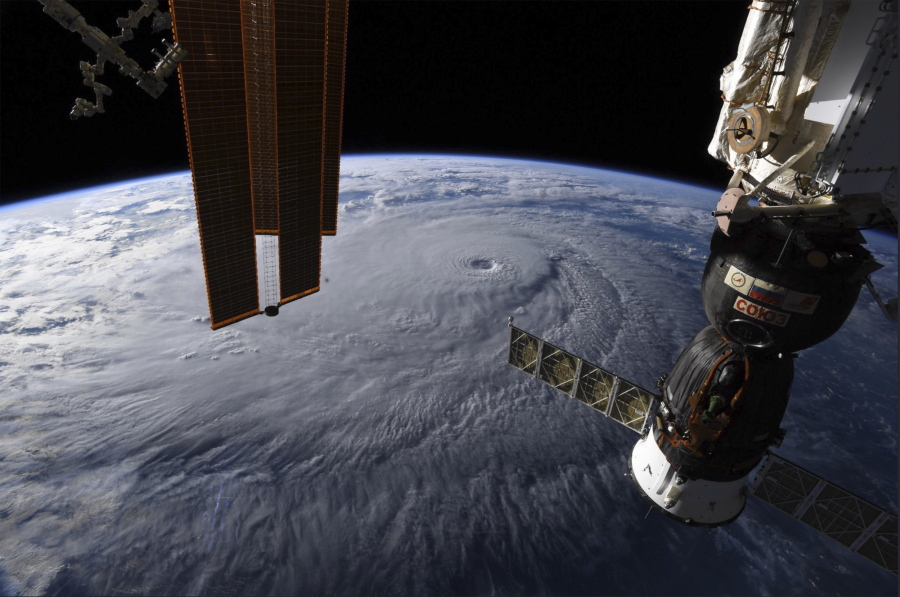HONOLULU — Hawaii residents emptied store shelves Wednesday, claimed the last sheets of plywood to board up windows and drained gas pumps as Hurricane Lane churned toward the state.
The category 4 storm could slam into the islands today with winds exceeding 100 mph, making it the most powerful storm to hit Hawaii since Hurricane Iniki in 1992.
Unlike Florida or Texas, where residents can get in their cars and drive hundreds of miles to safety, people in Hawaii are confined to the islands and can’t outrun the powerful winds and driving rain.
Instead, they must stay put and make sure they have enough supplies to outlast prolonged power outages and other potential emergencies.
“Everyone is starting to buckle down at this point,” said Christyl Nagao of Kauai. “Our families are here. We have businesses and this and that. You just have to man your fort and hold on tight.”
Living in an isolated island state also means the possibility that essential goods can’t be shipped to Hawaii if the storm shuts down ports.
“You’re stuck here and resources might not get here in time,” Nagao said.
The National Weather Service said Lane was expected to make a gradual turn toward the northwest Wednesday, followed by a more northward motion into the islands today.
“The center of Lane will move very close to or over the main Hawaiian Islands from Thursday through Saturday,” the weather service said.
Public schools were closed for the rest of the week and local government workers were told to stay home unless they’re essential employees.
Shelters were being readied to open on Oahu, Maui, Molokai and Lanai. Officials said they would open shelters on other islands when needed. Officials were also working to help Hawaii’s sizeable homeless population, many of whom live near beaches and streams that could flood.
Hawaii Emergency Management Agency Administrator Tom Travis said there’s not enough shelter space statewide. He advised those who are not in flood zones to stay home.
Many residents were trying to reinforce older homes made with single-wall construction.
“We’re planning on boarding up all our windows and sliding doors,” Napua Puaoi of Wailuku, Maui, said after buying 16 pieces of plywood from Home Depot. “As soon as my husband comes home — he has all the power tools.”
Melanie Davis, who lives in a suburb outside Honolulu, said she was gathering canned food and baby formula.
“We’re getting some bags of rice and of course, some Spam,” she said of the canned lunch meat that’s popular in Hawaii.
She was organizing important documents into a folder — birth and marriage certificates, Social Security cards, insurance paperwork — and making sure her three children, all under 4, have flotation devices such as swimming vests — “just in case.”




